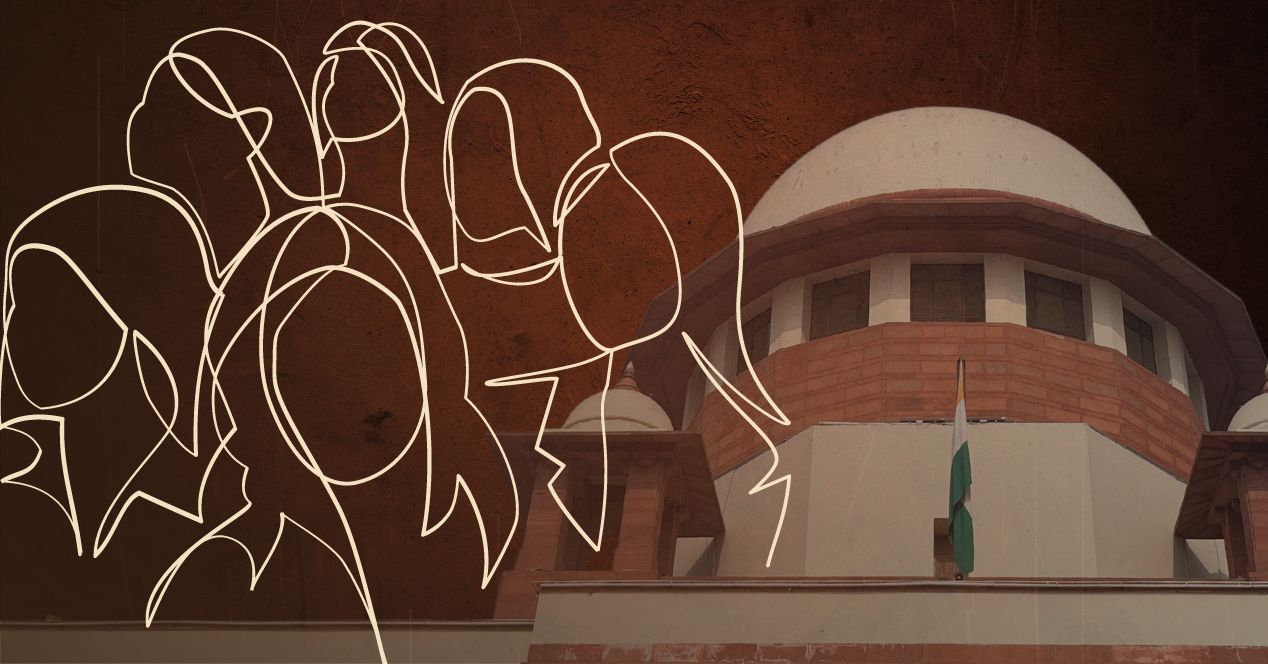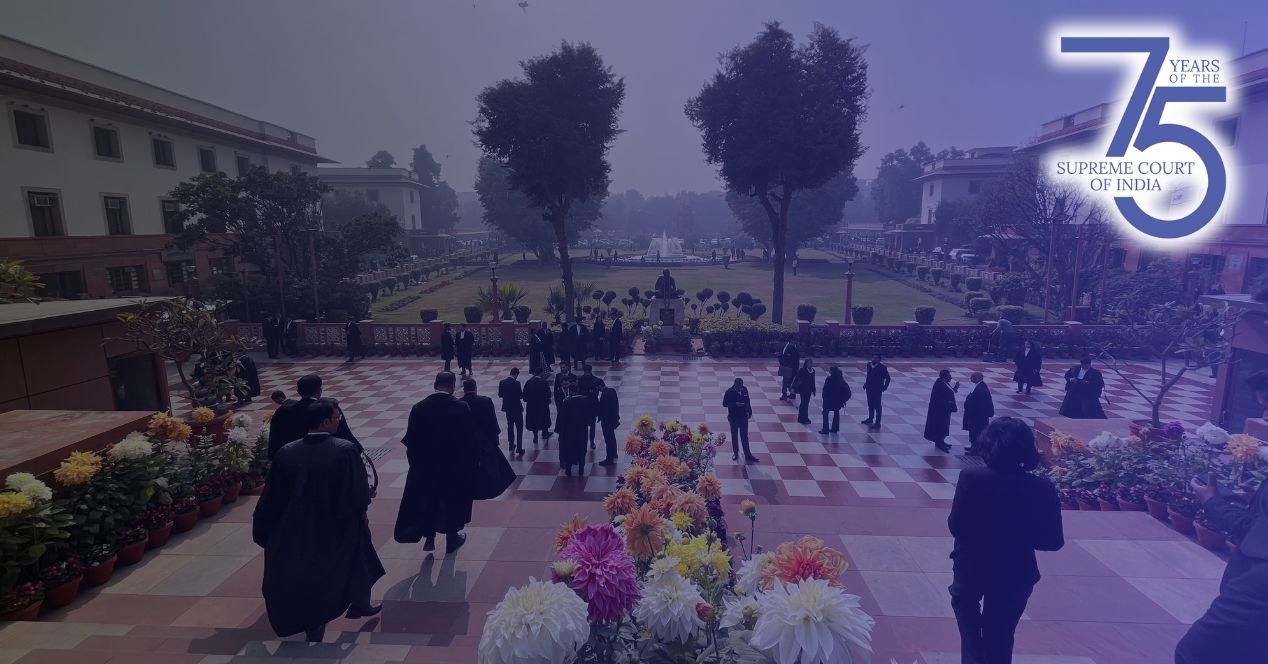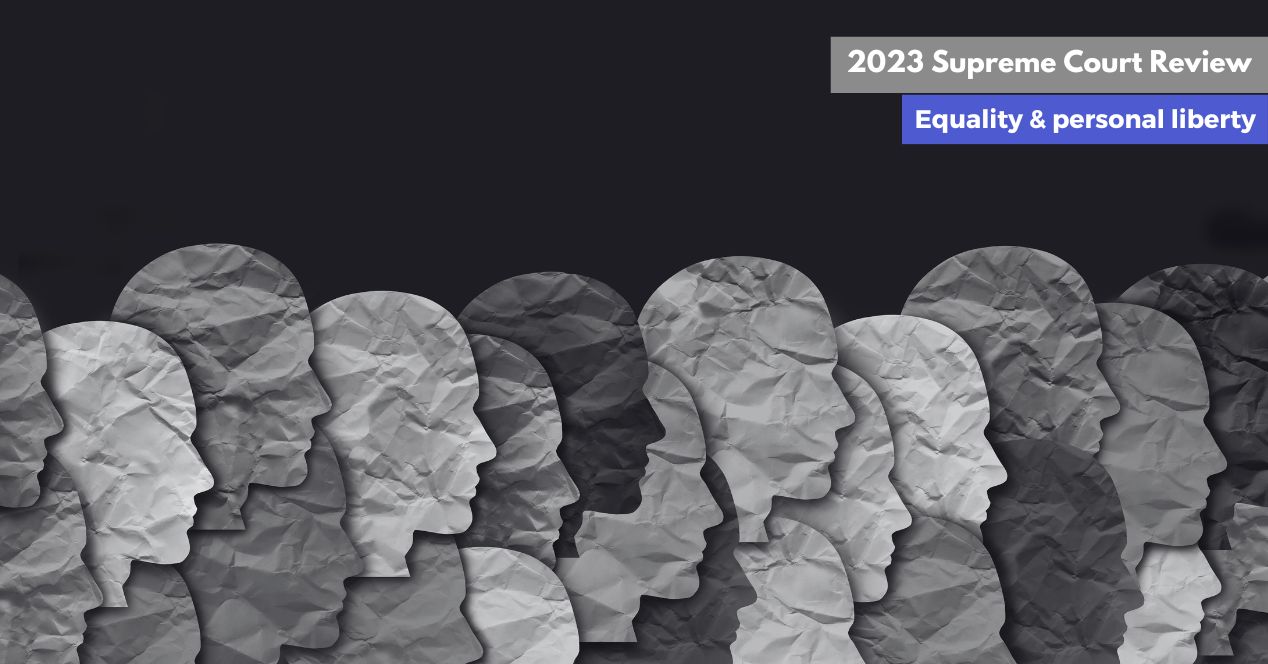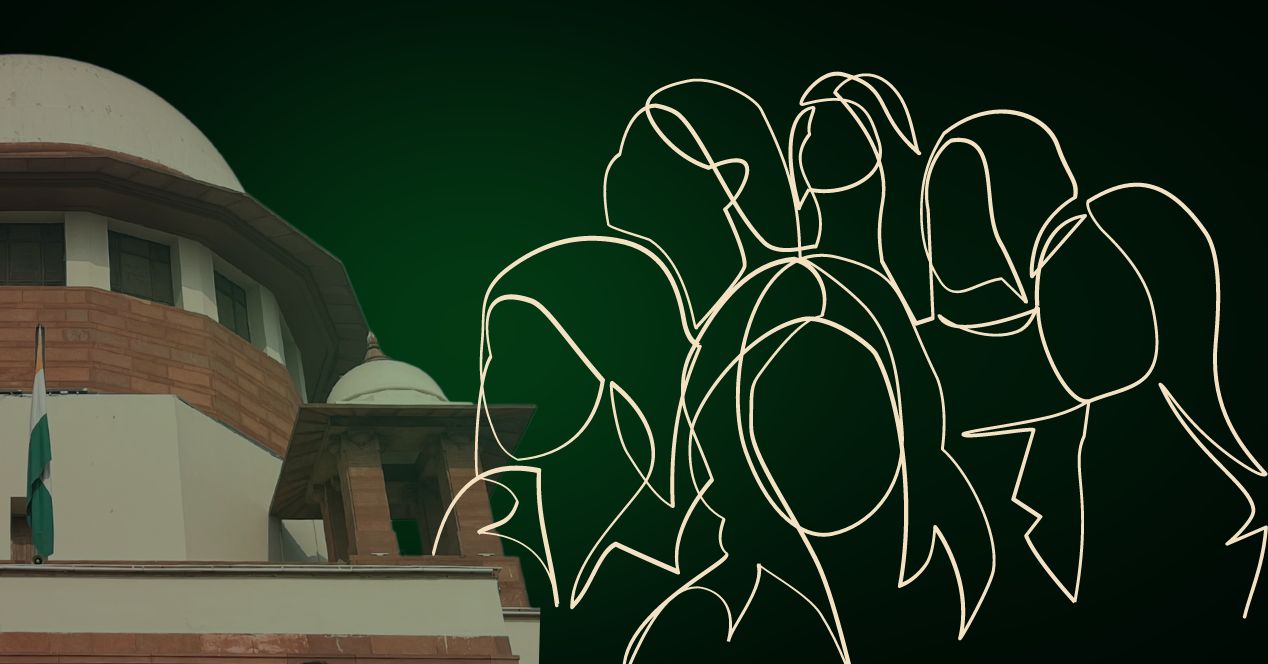Analysis
‘Enlightened liberality’ and suo moto powers
It may be cynical to view the Supreme Court’s suo moto cognisance of the Kolkata rape and murder case merely as an optics game
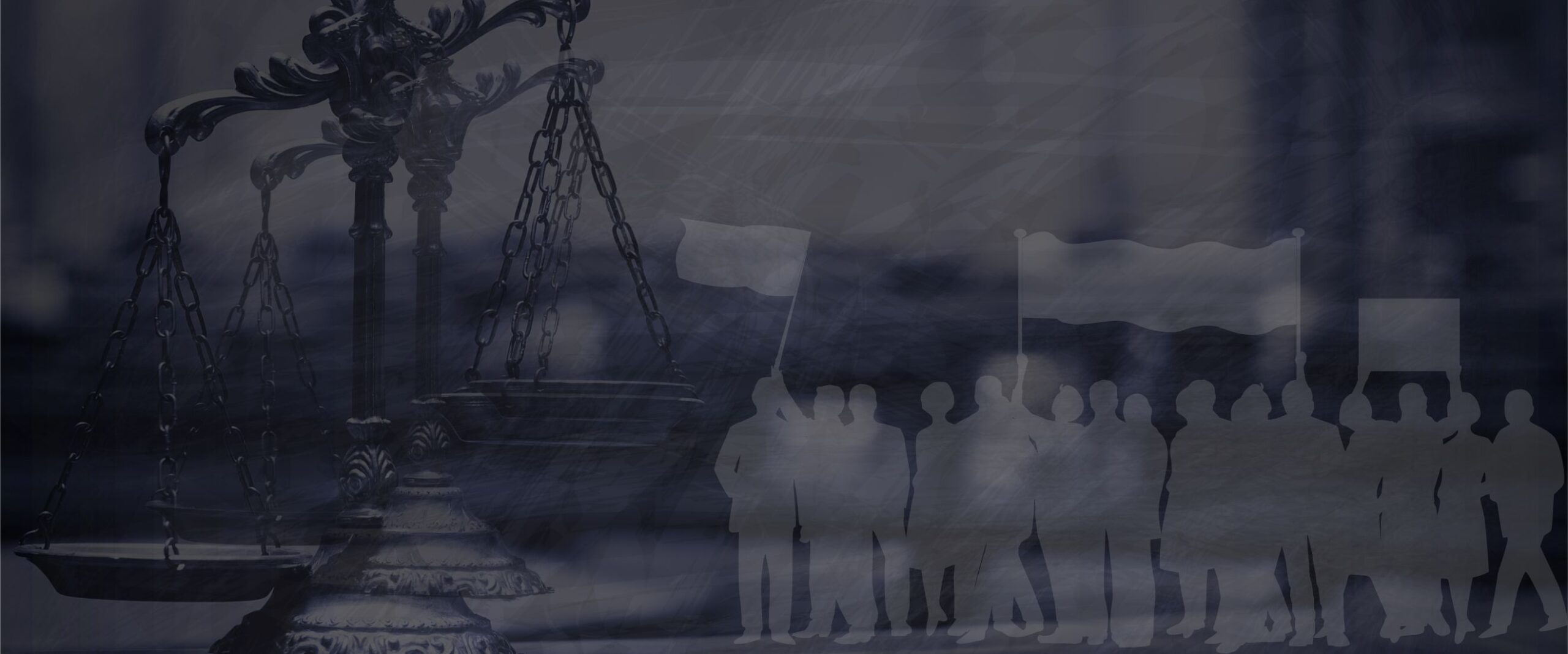
“Normalcy should return,” Kapil Sibal, appearing for the state of West Bengal, said in the Chief Justice’s Court on 22 August. The courtroom was packed with advocates representing a number of doctors’ associations. The Chief’s bench had assembled to review the CBI’s status report of its investigation of the rape and murder of a trainee doctor at Kolkata’s R.G. Kar Medical College and Hospital. Though the matter was being heard in the Calcutta High Court, the Supreme Court had taken suo moto cognisance.
Normalcy, however, is hard to imagine at this point. The prevailing feelings are still rage, disappointment, fear and exhaustion. Reporting and writing about the case is an emotionally draining endeavour. The reason is plain—instances of sexual assault and gender violence have a way of rattling our core, causing us to question whether we’ve made any progress at all.
Back in 1997, the Supreme Court’s Vishaka verdict established guidelines to safeguard against sexual harassment in the workplace. Yet, 27 years later, the Court is still confronted with the grim reality of a young doctor’s brutal rape and murder in her workplace. Meanwhile, the shadows of Nirbhaya, Disha, Hathras, Manipur and countless other instances loom large.
Some have criticised the Court’s intervention as an attempt to gather brownie points and insert itself into a “national moment”. But the Court’s involvement may be more nuanced than the allegations of perception-building are.
Historically, the Court’s suo moto powers have evolved in tandem with the innovation of Public Interest Litigation, where procedural rules of locus are relaxed to serve the interests of justice. Article 32 of the Constitution empowers the Supreme Court with jurisdiction in constitutional and public law matters. Over time, this provision has been interpreted to enable the Court to initiate cases without the need for a formal petition.
Suo moto cases can be based on media reports, letters and mentionings. Sunil Batra (1979), one of the earliest suo moto cases, was based on a letter written to a judge about the torture of prisoners. Between 1990 and 2021, the Court heard 46 suo moto cases. These included matters that arose out of the Shaheen Bagh protests and the migrant worker crisis during the early days of the pandemic. More recently, the Court has taken suo moto cognisance of the sexual violence in Manipur and a case where case where it pulled up the Calcutta High for making sexist observations about adolescent girls. .
In the R.G. Kar case, the Court reasoned that though “seasoned judges” of the High Court were already dealing with the issue, it took it up suo moto because the incident raised larger questions about doctor safety across the country. To address this, the Court set up a nine-member National Task Force to formulate a pan-India protocol. Assuring the medical community that their concerns are being heard, the Court declared that it would not just lay down guidelines but would pass a direction to institutionalise the protocol.
As the Union and West Bengal governments continue to criticise each other’s words and silences, the Court’s voice has cut through some of the political bickering. Literally and metaphorically, it has sent across the message—“We are here”. The bench urged doctors to resume work and reassured those who were protesting that they wouldn’t be reprimanded for raising their voice.
On Thursday, doctors’ associations informed the Court that its suo moto cognisance had provided them with a “healing touch” and made them feel heard. Later that evening, several doctors and doctors’ associations announced that they were calling off their 11-day long strike.
At the Supreme Court’s inauguration 75 years ago, India’s first Chief Justice H.J. Kania had said that the Court had a duty of interpreting the Constitution with an “enlightened liberality”. This “liberality” is often evoked to justify the Court’s PIL and suo moto jurisdictions. Its track record is hardly pristine, for there’s a fine line between cognisance and overreach. But, at least in this case—as in others that have outraged collective conscience—its authoritative, apolitical approach to proceedings has created the semblance of trust that is vital in public life today.
This article was first featured in SCO’s Weekly newsletter. Sign up now!

